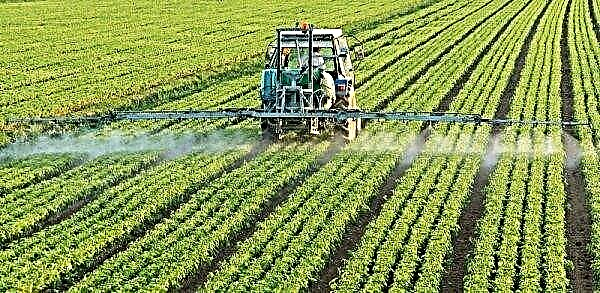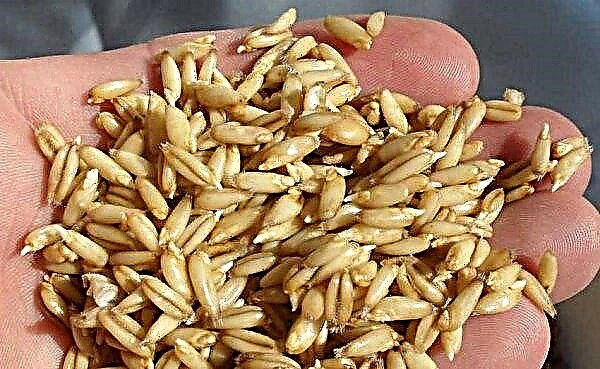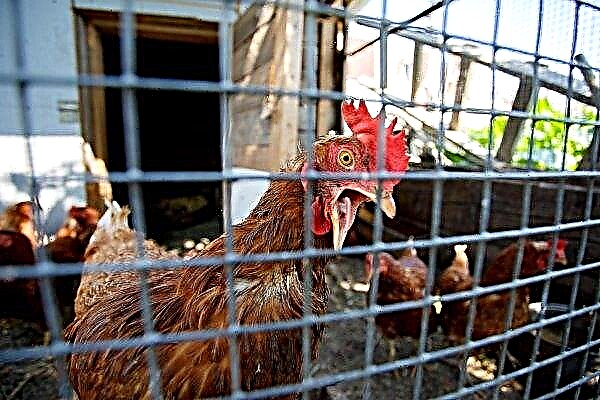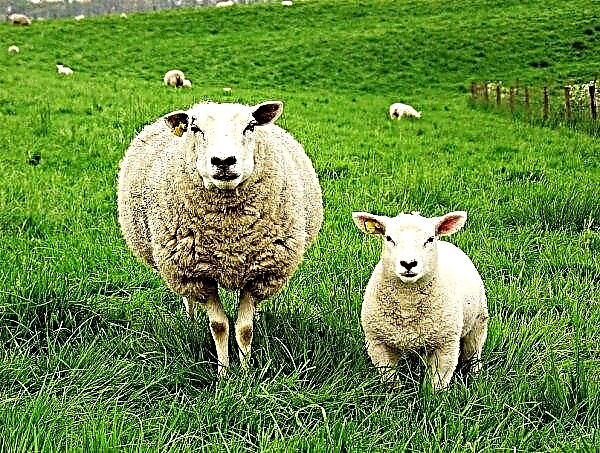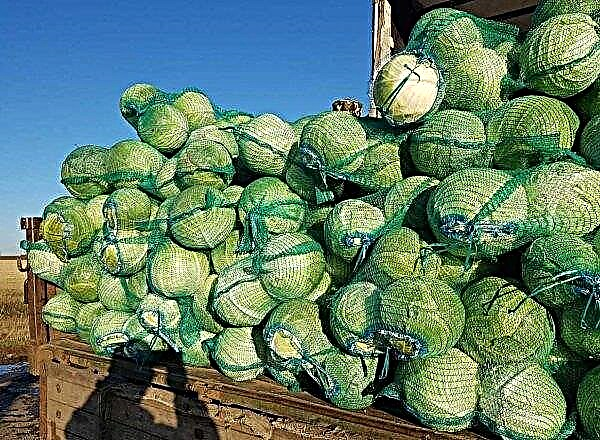Bulbous plants are popular all over the world. A huge assortment of species, varieties, colors and shapes make them attractive for decorating country, garden plots, city parks. In order for bulb crops to please with bright and abundant flowering, they must be planted correctly.
The similarities in the planting and care of daffodils and tulips
These flowering crops belong to the bulbous. They bloom in spring and are considered one of the earliest flowers. Often you can find mixed tulip and daffodil plantings. This is explained by the fact that they have similar requirements for growing conditions, soil moisture, the presence of mineral substances in the soil.
 Their bulbs must be dug up for the winter and stored until spring. In addition, these cultures affect the same diseases and pests. Therefore, preventive measures for them can be carried out jointly. The recommended planting dates are the same for bulb plants, as well as the technology of planting in the ground.
Their bulbs must be dug up for the winter and stored until spring. In addition, these cultures affect the same diseases and pests. Therefore, preventive measures for them can be carried out jointly. The recommended planting dates are the same for bulb plants, as well as the technology of planting in the ground.
When to plant daffodils and tulips
The best time to plant the described crops is autumn - from September to November (depending on climatic and weather conditions). It is important to make a timetable so that the bulbs have time to adapt in the open ground before the onset of cold weather. For example, in the suburbs, landing should be carried out no later than mid-October. Otherwise, planting material will freeze and die. The optimum temperature for rooting the bulbs is + 5 ... + 7 ° C.
Did you know? For the first time, tulip cultivators began in the Middle East. In the XI century. This flower was a symbol of the culture of the Seljuk tribe.
Autumn planting is good because in spring the plants will give the first flowers. At other times, for example in the summer, it is not worth planting bulb crops. Their rooting will occur anyway at the indicated temperature, and before it sets in, there is a big risk that the bulbs will be damaged by bacteria or insects. Also, planting material can germinate before the onset of frost, and low temperatures will destroy it.
Video: Autumn planting of tulips and daffodils
Landing and care
The success of growing bulb crops depends on meeting deadlines and planting technology, as well as on the successful selection of a place and planting material. The landing area should be selected well-lit, sheltered from drafts, winds from the north. Water should not stagnate on it - in waterlogged soil, the plants will hurt, rot and die.
These flowers prefer fertile, loamy, sandy, well-drained soil with neutral or low acidity (up to 7.8 pH). She must have good moisture, air, be loose. If the soil on the site does not meet the specified characteristics, it needs to be improved: add large river sand (20 kg / m²) to the clay soil, peat or humus (15 kg / m²) to the sandy soil, and limestone (200–500 g / m²).Important! When choosing a place for bulbs, it is imperative to consider which predecessors used to grow on it. Planting after closely related crops, such as hyacinths, crocuses, lilies, increases the risk of contracting diseases and harmful insects.

Planting Material Processing
The quality of flowering plants directly depends on which bulbs are planted.
When choosing planting material, preference should be given to specimens with the following characteristics:
- dense;
- medium in size;
- odorless mold;
- without rotten areas;
- with a dry and dense bottom.

To prevent the development of diseases and damage by harmful insects, before planting the bulbs, it is necessary to treat the preparations with Vitaras, Maxim (according to the instructions) or withstand for half an hour in a solution of potassium permanganate (0.5%).
Landing rules
Before planting plants, it is necessary to prepare the soil on the site. It needs to be cleaned of plant residues and dug to a depth of 35–40 cm. A mixture of peat or compost (2 buckets with a volume of 10 l / m²), wood ash (100–150 g / m²), superphosphate (50 g / m²), potassium sulfate (30 g / m²), ammonium nitrate (25 g / m²). If there is no opportunity to purchase all these components, then you can buy a special mineral complex for bulbs in the gardening shop.
Planting holes need to be done 1-2 weeks before planting. Their depth is calculated using the "rule of three": it should be equal to the height of three bulbs. So, for large specimens it will be 10–20 cm, for small specimens 9–10 cm. The distance between the holes should be left at 10–20 cm, between the rows - at 20–25 cm.Important! It is strictly forbidden to bring to the site where it is planned to grow bulb crops, fresh manure. This can cause a burn of the roots.

Landing technology is as follows:
- Lay a layer of moistened sand 1-2 cm thick at the bottom.
- Arrange onions with the sharp end up.
- Sprinkle with a layer of earth.
Flower care
Plant care involves such mandatory procedures as moisturizing, fertilizing, loosening, weeding, mulching. The described plants need to be regularly watered, because they are hygrophilous. You should choose a regime of irrigation in which the soil will be sufficiently moistened, but not flooded. The recommended amount of watering is 3 times per vegetation. Water consumption - 50 l / m².
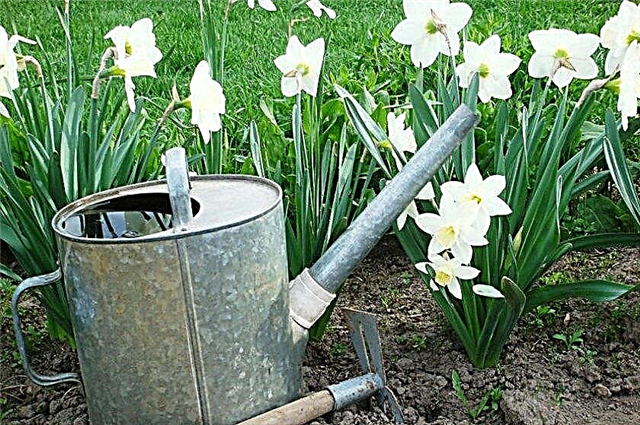 It is necessary to ensure that the soil after irrigation is moistened to a depth of 30–35 cm. You can’t moisten with cold water, it must be warm.
It is necessary to ensure that the soil after irrigation is moistened to a depth of 30–35 cm. You can’t moisten with cold water, it must be warm.
After each moistening and rainfall, it is worth loosening the soil. This procedure is necessary to prevent the appearance of a dense crust on the surface of the earth. As a result of its implementation, the flow of moisture and air to the bulbs and roots is improved. Another mandatory procedure is weeding. It is important to monitor the cleanliness of the site and remove weeds with roots in a timely manner, as they are carriers of diseases and pests.
To reduce the amount of moisture, loosening and weeding, the land on the site must be mulched. Peat, sawdust, needles, fallen leaves are used as mulch. This procedure allows you to maintain the required level of soil moisture. For long and abundant flowering plants need fertilizing. Mineral complexes are recommended for these crops.Did you know? Flower bulbs in the Netherlands sold very expensive in mid 17th century. Each of them was more expensive than the house of a person with an average income.
During the season, 3-4 fertilizers will be required in the following periods:
- after emergence or in the snow: nitrogen (15 g) + phosphorus (5 g) + potassium (8 g) per m²;
- when reaching a height of 7–10 cm: nitrogen (10 g) + phosphorus (5 g), potassium (8 g) per m²;
- during the budding period (the same as the previous one);
- after flowering: nitrogen (5 g), phosphorus (5 g), potassium (8 g) per m².

Winter preparations
In regions with warm winters, bulbous plants need not be dug up and transferred to a storage room. You can just hide them. To do this, cut the stems and leaves, loosen and level the soil. Then you should lay a high layer of mulch from straw, sawdust, dry leaves. Cover with a film or a special covering material.
Disease prevention
With errors made during planting and care, ignoring preventive measures, the plants begin to hurt.
The following measures will prevent diseases and harmful insects:
- thorough cleaning of the plant residue in the fall;
- deep autumn digging;
- compliance with planting technology, in particular, planting bulbs to the recommended depth;
- selection of healthy planting material;
- treatment of bulbs before planting;
- regular weeding;
- making the right fertilizers at the right time;
- proper storage;
- preventive spraying.
Video: how to handle flower crop bulbs before planting
Carrying out all of the above procedures reduces the risk of infection to zero. Planting in the immediate vicinity of plants having insecticidal properties, such as marigolds, marigolds, nasturtiums, and mustard, will also protect flower plantings from pests.
When to dig out tulips and daffodils after flowering
To protect the bulbs from frost and thaws, they need to be dug before winter. The procedure is planned for the period when the flowering is complete and the leaves turn yellow. The bulb is gently dug with a spatula and pulled out by the leaves. Then you need to remove the foliage and the rest of the earth. Before laying for storage, the bulb needs to be dried in a warm place where the sun's rays do not penetrate. After this, children are separated and culled.
 Since neither tulips nor daffodils can grow in one place for longer than 3-5 years, after this period they need to be transplanted. The transplant should be scheduled for mid-September - mid-October.
Since neither tulips nor daffodils can grow in one place for longer than 3-5 years, after this period they need to be transplanted. The transplant should be scheduled for mid-September - mid-October.
How to store before boarding
Immediately before laying the bulb for storage, you need to withstand a quarter of an hour in a solution of potassium permanganate. This will disinfect them and reduce the risk of contracting diseases. Bulbs should be stored in a room where temperatures close to zero are maintained, good air circulation, and where the rays of the sun do not pass.
A cellar is suitable for storage. Planting material is stored in wooden crates with a light soil substrate (for example, a mixture of peat with sawdust). You can also place the bulbs 2 months before spring in the refrigerator. In the fall, they cannot be stored in such conditions, since they will sprout before planting.Did you know? Narcissus is a symbol of the Chinese New Year. If it opens before this date, it is considered that this is a good sign that will ensure happiness in the coming year.

Thus, planting and caring for closely related plants such as tulip and daffodil have much in common. These crops can be planted at one time. So that they decorate the site for a long time, it is important to choose the right place and provide quality care in accordance with the recommendations.

